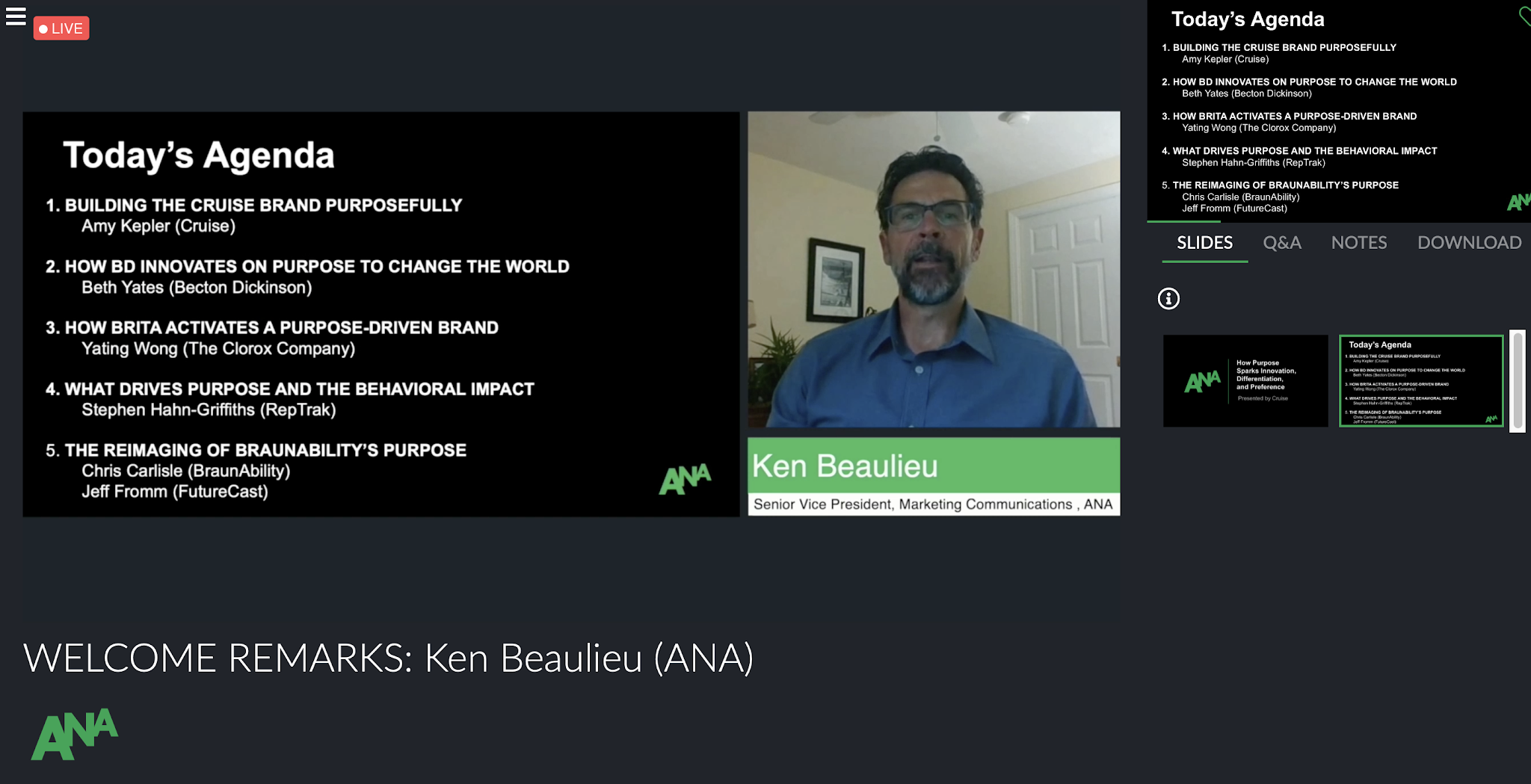Virtual Reality and Content Creation – Why One Media is Not Enough
On September 22nd, Columbia University’s Alfred Lerner Hall hosted the event NYC Media Lab Annual Summit. As in previous years, this sixth edition showcased experimental projects that exemplify the convergence between engineering, technology, and art. Students from Columbia University, New York University, The New School, The City University of New York, Pratt Institute, and the School of Visual Art came together to introduce the audience to their vision of the future. Unsurprisingly, the projects and the summit itself strongly focused on virtual reality. VR-related applications have gained momentum in the past two years, mostly thanks to a price drop in tech equipment, and the production of virtual reality kits that allow the creation of quality content on a budget. A number of executives from various corporations—Jim Bankoff from Vox, Rahel Jhirad from Hearst, Rob Ruffler from Viacom—just to mention a few, gave their contribution to the VR topic during keynotes and interviews.
The keynote by Vox Media Partners’ CEO Jim Bankoff was a much-awaited highlight of the summit. Bankoff talked about his direct experience with VR, and how his content-based media company is leveraging this technology to give more depth to their articles. “We built a company in Vox that really is about taking great storytelling. Turning those stories into brands, and then building a business around it. It’s really that simple,” Bankoff said. Thanks to Vox VR production team, “Storytelling Studio,” the CEO claimed that VR and 360 alike “can speak to a person in a real way.” Bankoff also emphasized the importance of converging all the efforts towards mobile devices. “The challenge,” he added, “is to figure out how to tell a story with an app.”
Journalism is a content format that can be used to enhance new technology in mainstream media, as Vox has proven. However, new technology has also given non-trained individuals the opportunity to create content and share it—a process that has triggered a crisis in the publishing industry. Furthermore, while newspapers and news channels are ethically bound to be responsible for the quality of the content they offer, individual content creators may not share the same concerns. In her faculty keynote, Emily Bell—who is the director of the Tow Center for Digital Journalism at Columbia University—analyzed the consequences of the intersection between publishing and digital platforms. “How do we,” Bell asks, “create a better environment for news [...] at a time where everybody [...] has democratic access to an amazing array of publishing tools?” Bell adds that “thanks to Facebook Live we now have the power of a television studio in our pocket.” The future will reveal if publishing industry and “personal” publishing will merge into a new reality that expands the meaning of the word storytelling.
Storytelling was a recurring topic of discussion throughout the summit. During the afternoon panel, “VR: The Next Three Years,” industry leaders and faculty members shared their thoughts on VR as applied to purposeful content. All the guests in the panel—which included Sony Pictures’ SVP of Virtual Reality Jake Zim, Samsung Accelerator’s General Manager Kai Bond, and NYU Professors Ken Perlin and Adaora Udoji, agreed on the statement that virtual reality—and to a certain extent, augmented reality as well, without a purpose merely is a gimmick. “Content is the beginning,” said Kai Bond. At the same time, Zim pointed out how the media industry is struggling to find a compelling commercial application for VR and AR. Successful virtual reality productions such as the Ghostbusters game—which Zim oversaw, proved that brand and content can shine on new technology. On the other hand, Ken Perlin argues that “Not everything fits into VR. Some content is meant to be consumed through traditional formats and channels.”
Further obstacles to the mainstream adoption of virtual reality can be identified in the bulky equipment and the lack of mobility, both of which affect the overall quality of the experience. Rob Ruffler, VP of Viacom Next—a Viacom-funded fellowship that explores how virtual reality will entertain people in the future, addressed such challenges during his talk. “Since we are asking people to wear uncomfortable equipment,” said Ruffler, “It is important it to apply storytelling to virtual reality” and “interact with virtual space in a seamless way.” Viacom Next has indeed approached VR in different ways, favoring immersive and interactive experiences to passive ones. Fellowship projects included an interactive game in which the user impersonates a ghost who needs to figure out how he or she died, a simulation of a baby inside a stroller experiencing adult life from a unique perspective, and a highly-immersive museum visit. Some of the fellows involved in the Viacom initiative shared their stories and the challenges that came with creating a VR project, an experience who proved overwhelming for them. One of the project leaders, Rosalind Paradis, claimed that a way to successfully work on a “large scale interactive project [...] is breaking it down into its most basic components.”
The Quotes:
- “Turning those stories into brands, and then building a business around it. It’s really that simple.” Jim Bankoff
- “Not everything fits into VR. Some content is meant to be consumed through traditional formats and channels.” Ken Perlin
- “It is important it to apply storytelling to virtual reality” and “interact with virtual space in a seamless way.” Rob Ruffler
The Takeaways:
- VR without storytelling it’s a gimmick.
- Traditional media channels will still be relevant in the next future, as virtual reality is no applicable to every content scenario.
- Self-publishing comes with great power, and society needs to educate individuals on the responsibility of sharing content.





